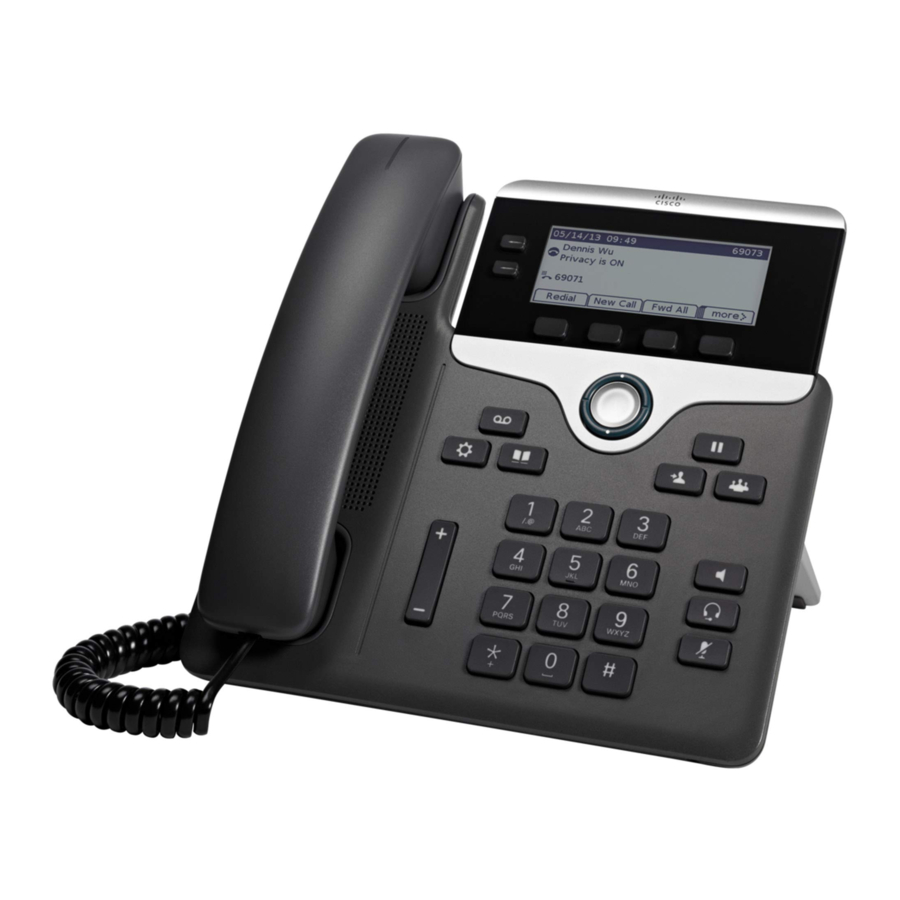Cisco 7821 Manual do utilizador - Página 4
Procurar online ou descarregar pdf Manual do utilizador para Sistema de conferência Cisco 7821. Cisco 7821 10 páginas. Connaught
Também para Cisco 7821: Notas de lançamento (16 páginas), Manual de início rápido (2 páginas), Manual do utilizador (18 páginas), Manual de referência rápida (4 páginas), Referência rápida (4 páginas), Instalação rápida e manual do utilizador (12 páginas), Manual de referência (11 páginas), Manual de início rápido (4 páginas), Manual (27 páginas), Manual do utilizador (20 páginas), Manual de Consulta Rápida do Empregado (4 páginas), Manual do Mestre de Migração de Firmware (31 páginas), Manual (43 páginas), Manual de início rápido (6 páginas), Cartão de referência rápida (2 páginas), Manual de início rápido (2 páginas), Manual de instalação (39 páginas), Manual (20 páginas), Manual de Reconfiguração (2 páginas), Manual de início rápido (7 páginas), Manual de instalação rápida (12 páginas), Manual do utilizador (27 páginas), Manual do utilizador (2 páginas), Começar a trabalhar (2 páginas), Manual de início rápido (2 páginas), Manual do utilizador (5 páginas)

